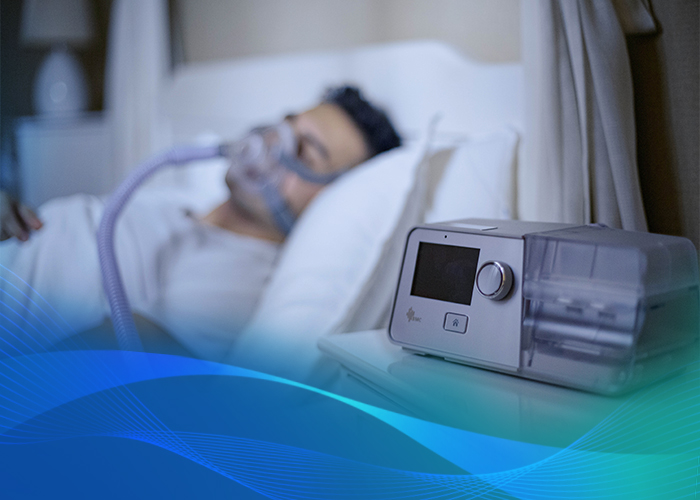
We all know that “CPAP” is a general term which refers to the different types of positive airway pressure therapies and machine used to treat sleep apnea. And today we want to introduce you the types of CPAP machines which is one of the most important equipment in CPAP therapy and BMC’s popular products of them.
There are three main types of CPAP machines to treat sleep apnea: CPAP, APAP and Bilevel. They all create airflow which is pushed through the tubing, to the mask, and into your lungs. Each type of machines has different features.
- CPAP (Continuous Positive Airway Pressure) machine applies constant mild air pressure to a person's upper airway to keep their airway open to make them sleep well.
G3 C20
G3 C20 is BMC's new generation of basic fixed pressure device
with an integrated humidifier and heated tubes, which also can be connected wirelessly.
- APAP (Auto-Titrating Positive Airway Pressure) machine has an in-built algorithm that delivers a variable air pressure according to the person's needs.
BMC M1 Mini
The BMC M1 Mini is an Automatic Pressure Adjusting Travel CPAP device
designed for the treatment of Snoring and Obstructive Sleep Apnea and Hypopnea Syndrome (OSAHS).
It is small, light and suitable for use at home or during travel.
RESmart GII E-20A-H-O
RESmart GII E-20A is easy to operate, making you have a clear and intuitive understanding of yourself.
Besides, the humidifier can be removed from the main unit and the main unit can be used separately.
- Bilevel machine delivers a different pressure for breathing in to the one used for breathing out. It delivers a lower pressure when you’re breathing out, and this machine can provide higher pressure which regular CPAP cannot provide to treat your sleep apnea.
G3 B25VT
G3 B25VT is a bi-level device which also have target tidal volume feature for patients of respiratory insufficiency.
